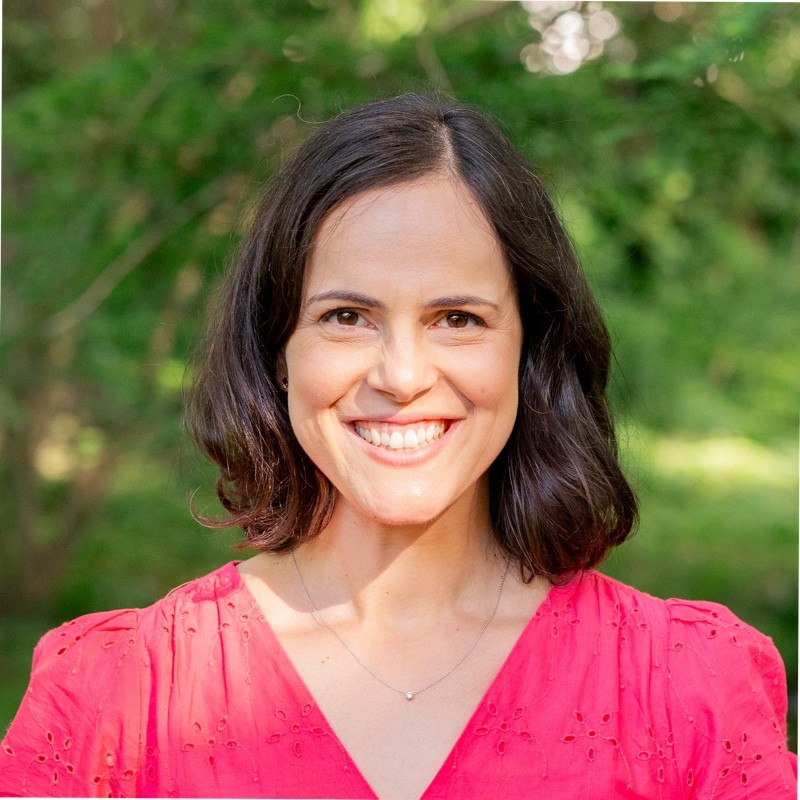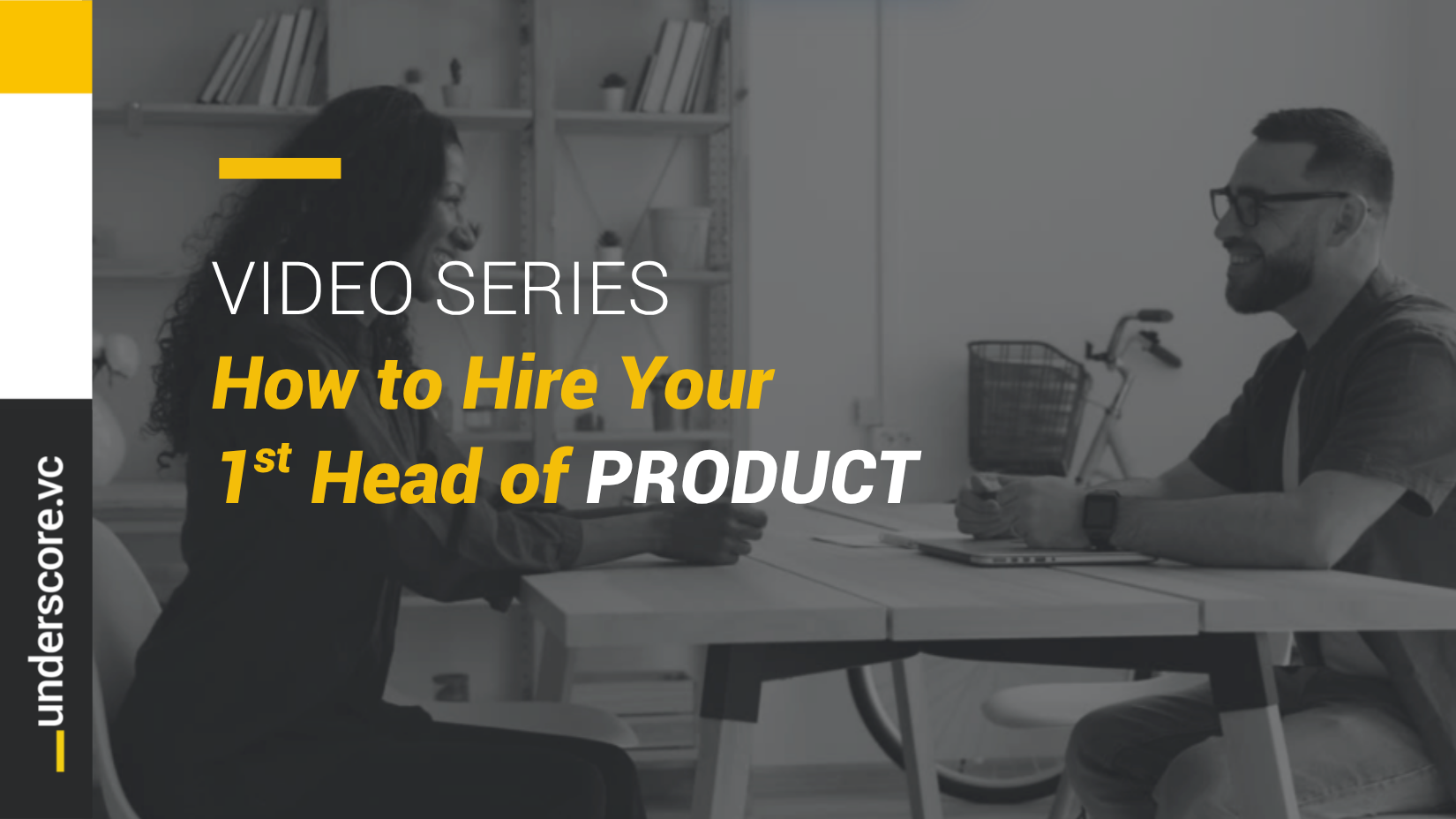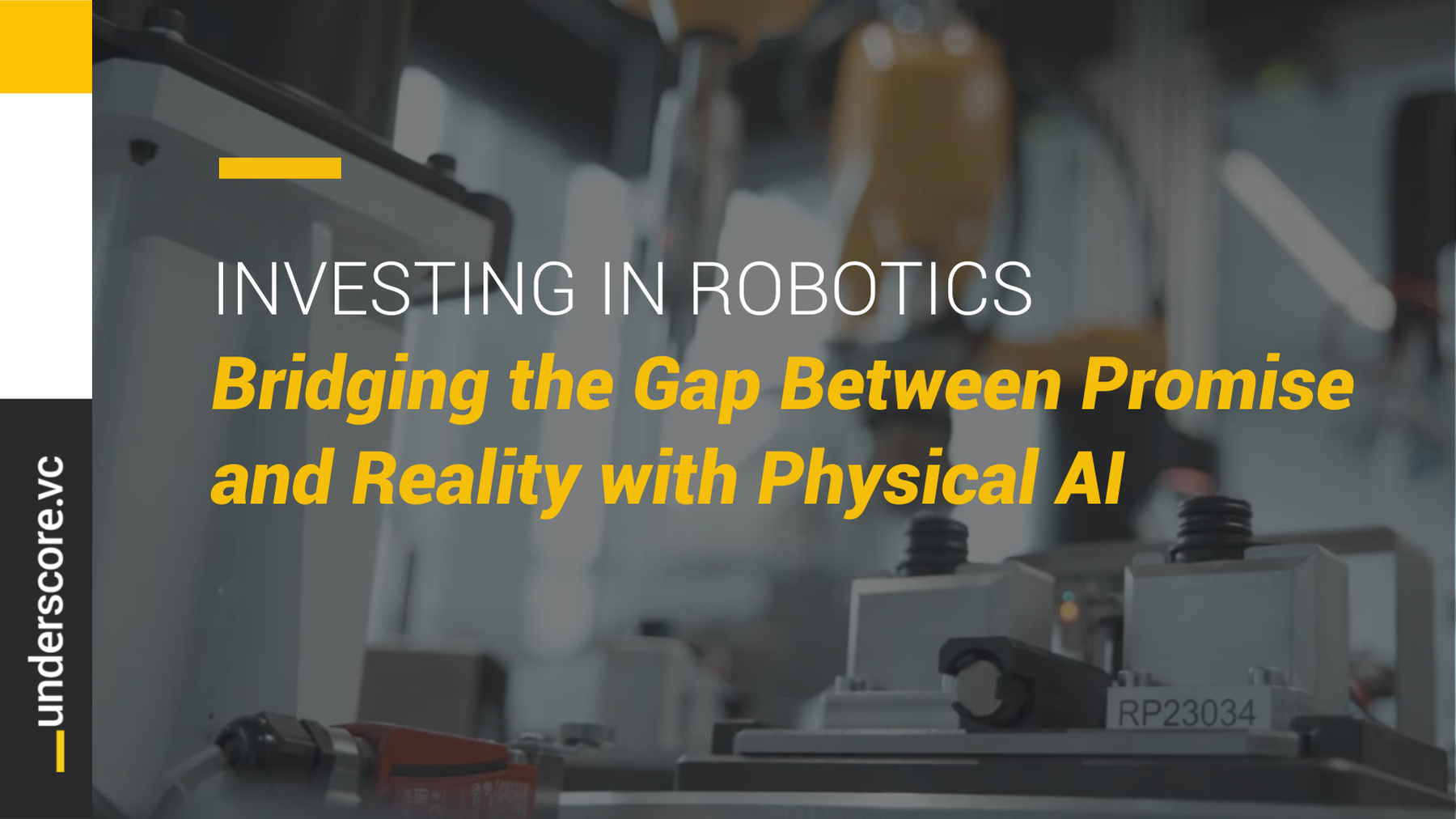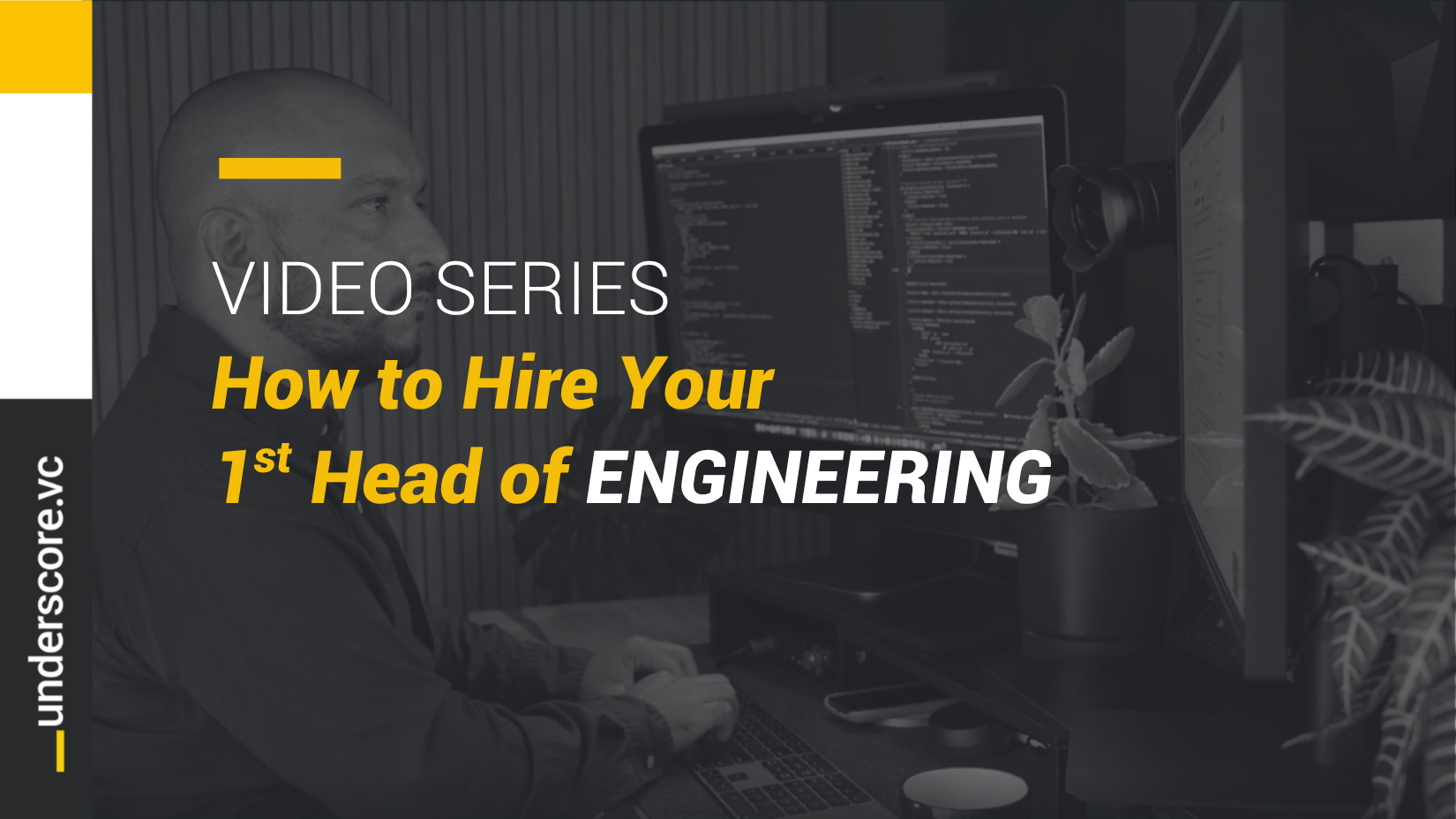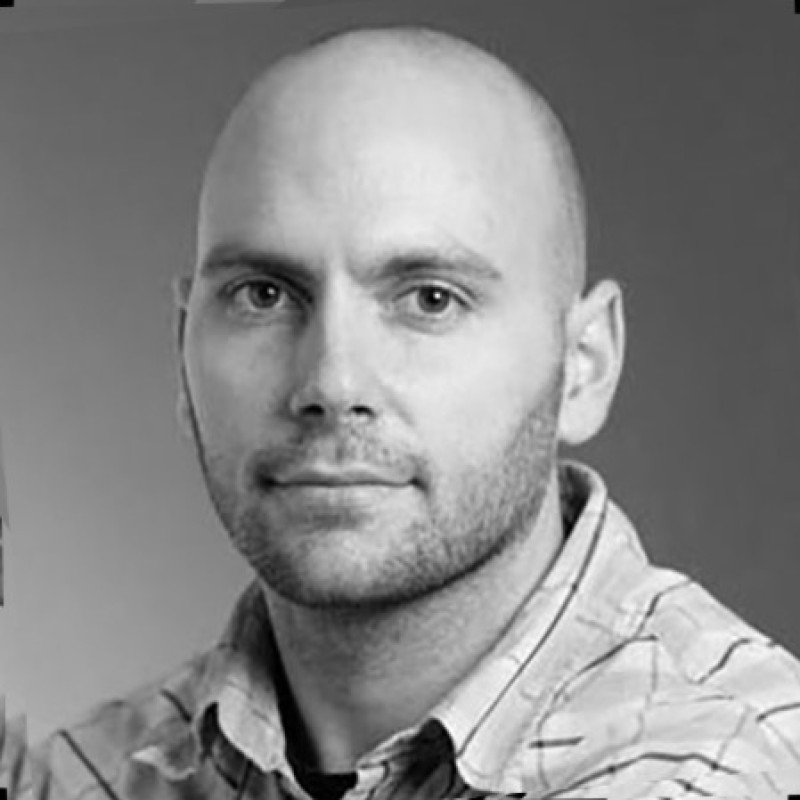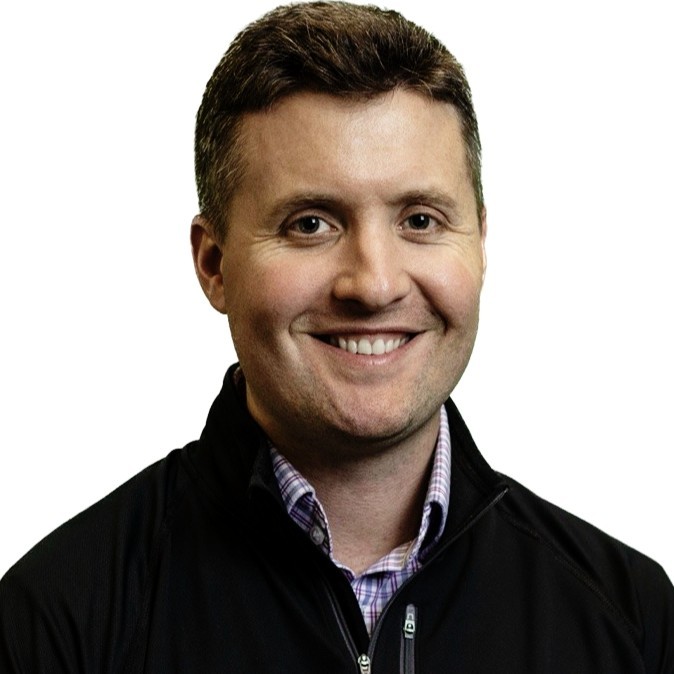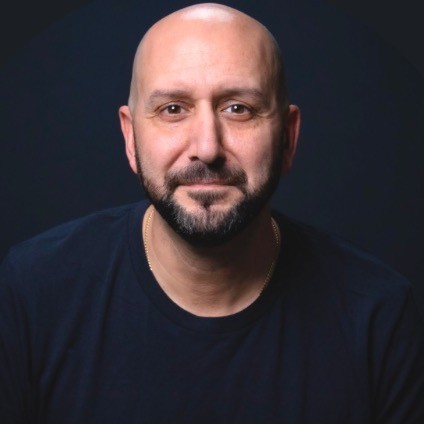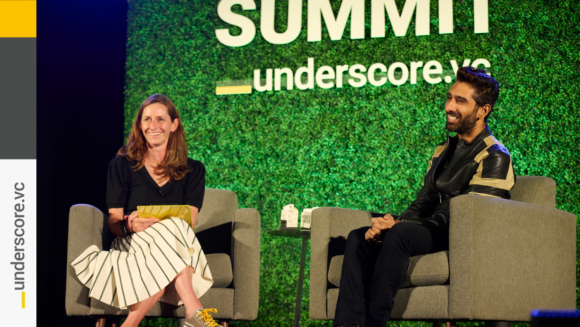- Understand what a Head of Product actually does in an early-stage startup
- Spot what makes a candidate the right (or wrong) fit
- Assess strategic thinking and execution capability in interviews
- Know when you’re ready to make this critical hire
- Build a strong founder-product leader partnership based on trust
In this video mini-series, three experienced product leaders from our community break down why this role is so unique early on, and what traits make someone successful in it. Featured guests include:
- Lauren Creedon, Chief Product Officer at Goldcast and 3x AI product leader, with expertise scaling early-stage startups from Series A to $200M in revenue, including her role as Director of Product AI/ML at Drift.
- Ada Glover, Co-Founder and Chief Product Officer at Zus Health, and former Executive Director of Product Management at athenaHealth, where she led product teams at scale.
- Lucy He, SVP of Product at Mable and veteran product leader with 10+ years of experience, including roles at PayPal, GasBuddy, and Kyruus, where she’s built products for companies both large and small.
Ready to get started? Let’s dive in. Please note: This article is a part of a mini-series: Hiring Your First Head of [X]. The series also covers hiring your first head of Engineering, and Sales!
Role Scoping
What’s Different About a Head of Product at the Early Stage?
A Head of Product at the early stage isn’t just managing a roadmap — they’re building the entire product function from scratch. Unlike later-stage product leaders who inherit teams, processes, and established strategy, your first Head of Product needs to master three distinct buckets: people, process, and product.
People means everything from building and managing your product team to partnering closely with design and engineering, to influencing cross-functionally across your entire company.
Process is about execution. Startups typically only get a couple chances at bat before they run out of funding, so having the ability to execute well and deliver value quickly is extremely important.
Product encompasses everything from vision and strategy to what actually goes into a given two-week sprint at any given time.
“So when you’re hiring your first head of product, you’ve gotta look for someone who thinks like a GM, like a portfolio manager. They are not merely skilled at executing product outcomes, but they really need to keep attuned to the market, be ready to be resilient, and be continually presenting different investment scenarios for the leadership team to help make decisions.” – Lauren Creedon
The role requires a dual function: being hands-on and sleeves-rolled-up as part of the product team, while simultaneously building the team culture, establishing product management processes, and leading through infrastructure — not just doing.
Key takeaway: Your first Head of Product needs to think like a GM managing a portfolio of investments, balancing strategic vision with tactical execution.
Timing
When Should You Hire Your First Head of Product?
Not every startup needs a Head of Product from day one. So when is the right time to make this critical hire?
The most common scenario: you’ve just raised a round of funding and have a next milestone to hit. You’re good at taking things from zero to one and executing on ideas, but now you need someone with a playbook who can help you scale from one to ten.
But timing really depends on your team composition, skill sets, and how things are going. Some companies famously wait years — Stripe didn’t hire a product person until five years after founding, because they had very product-oriented engineers.
Signs you’re ready:
Things are starting to break down. You’re missing product cycles, teams are getting confused about what they’re building and whether they’re delivering value for customers.
You need more reliable delivery. You’re seeing an increased need for structure as your technology organization grows.
You’re ready to scale the function. You want someone to build the team, establish product culture, and create product management processes.
“One rule of thumb that you could use is, are things breaking down? And if things are breaking down, you’re kind of missing on product cycles, your product teams are getting a little bit confused about what they’re building and whether they’re delivering value for customers, that’s a good time to think about hiring a head of product.” – Lucy He
Before you hire, do some self-reflection: What problem are you trying to solve by bringing this person on? Make sure you’re open to someone who’s going to create a function, make changes, and potentially challenge how engineering or sales operates today.
Key takeaway: Hire when you’re ready to scale the function and when breakdowns signal you need dedicated leadership for people, process, and product strategy.
Candidate Profile
What to Look for in a First Head of Product
Hiring a Head of Product isn’t just about finding someone who’s shipped products before — it’s about finding someone with the right blend of critical thinking, empathy, and domain expertise who can hit the ground running.
Table stakes: They need to have led product before. They need to have hired their own team. They know how to hire and how to fire — that’s an important skill set to have.
But beyond those basics, there are a few areas that matter most at the early stage:
- Critical thinking is essential. Your product leader needs to assess complex problems, weigh trade-offs, and make smart investment decisions under uncertainty.
- Empathy matters deeply. They need to understand customers, work well cross-functionally, and navigate the interpersonal dynamics of a small team.
- Generalist capabilities are crucial. At a startup, you don’t have the luxury of specialists for every function — your Head of Product needs to be able to wear multiple hats.
- Industry expertise can be a major advantage. Understanding the fundamental dynamics and drivers of your space means they can hit the ground running. The learning curve in a new industry is steep — if they’ve already climbed it elsewhere, they’ll move faster at your startup.
“Be wary of folks who only have big company experience, because they tend to be very well functioning with a lot of supporting staff around them. But that doesn’t mean that they can necessarily telescope in — and at a startup, everybody counts.” – Ada Glover
The best candidates can work cross-functionally like a GM, understanding seasonality, market segments, and how to plan campaigns with counterparts to enable the whole org to hit goals. They don’t just execute when all the infrastructure is already in place — they build the infrastructure themselves.
Key takeaway: Look for critical thinking, empathy, and domain expertise — and be cautious of candidates who’ve only operated with large teams and established processes.
Interviewing
How to Evaluate a Head of Product Candidate
Product interviews should go beyond resume review. You need to test how candidates think at both the macro and micro level — and whether they can articulate the ROI of different investment scenarios.
The portfolio exercise: Give candidates a set of product investments and have them walk you through how they’d allocate resources. If you’re hiring a product director to own a specific business outcome, share some market background, customer feedback, and current state — then ask them how they’d invest their roadmap.
You want to find someone who can articulate which investments are transformative bets, which are tied to adjacent market segments, and which are reinforcing the core where you’ve already achieved product-market fit. They should be able to call out the ROI and trade-offs of different scenarios.
The case study approach: Take an example problem statement and whiteboard it together. Think through what questions they’re asking users, what assumptions they’re making, how they’d work with engineering. If you can, have an engineer from your team sit in on the conversation.
“You wanna find someone who can play out a couple different investment scenarios with you and articulate which of those investments are going toward transformative bets, which of those are tied back to adjacent market segments, and which are going back into the core that you’ve already developed product market fit in.” – Lauren Creedon
Ask about products they admire: What consumer product impresses them? What players in your industry have moved things forward? What mistakes have others made? This reveals their taste, their strategic thinking, and their awareness of the competitive landscape.
Key takeaway: Use investment scenarios and case studies to assess both strategic thinking and tactical execution — and test their ability to communicate with non-technical stakeholders.
Setting Up for Success
How to Set Your First Product Leader Up for Success
Hiring a Head of Product means ceding control over what gets built next. That’s hard for founders — but it’s essential for scaling.
Understand what you’re giving up. Many founders really like the ability to dictate what engineers are building next. By hiring a Head of Product, you’re eventually ceding that authority and strategic thinking to someone else. Of course, you’ll work closely together — but ultimately, the Head of Product should make the call on what happens next.
“Having that expectation set ahead of time is extremely important because they can ready their mindset for, okay, here’s how I’m going to hire and also help prepare my next head of product.” – Ada Glover
Set shared expectations from day one. The Head of Product to a founder CEO is one of the hardest relationships because of the traditional tension between two “ideas people.” In reality, the CEO has the final say. As a CPO, it can be frustrating if you come in thinking you’re the ideas person, when you’re actually there to execute on a set of outcomes.
Build a co-founder-type relationship. The trust and respect needed for this partnership is significant. You need complementary skill sets and mutual respect for what each person brings.
Give them a real seat at the table. Don’t hire a Head of Product if you’re not going to give them authority and strategic input. If you want someone more junior or execution-focused, be upfront about that.
Be explicit about the first 90 days. A Head of Product might come in thinking they’ll own vision and strategy immediately. That’s not wrong over time — but at the beginning, there will be a lot of learning from you, from customers, and from everyone else in the company.
Key takeaway: Ceding control over the roadmap is hard, but necessary. Set clear expectations, build trust, and give your product leader the authority to lead.
Summary
Hiring your first Head of Product isn’t just about building better features — it’s about building the foundation for scalable, strategic product development. The right hire will free you up as a founder, bring discipline to your execution, and shape how your company delivers value to customers.
We hope this series gave you the confidence to approach the process with clarity and intention.

